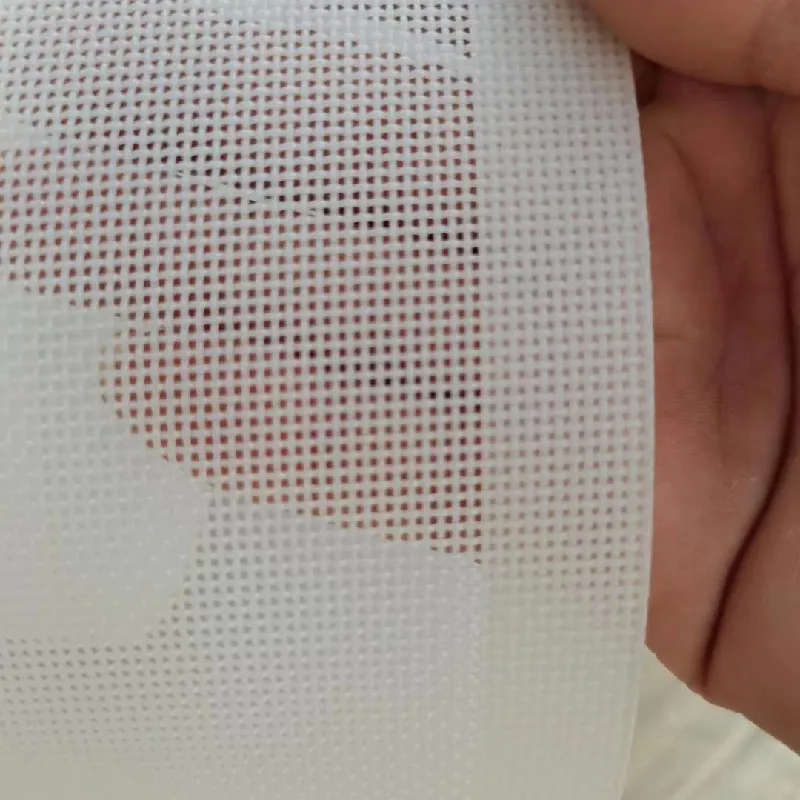-
 Afrikaans
Afrikaans -
 Albanian
Albanian -
 Amharic
Amharic -
 Arabic
Arabic -
 Armenian
Armenian -
 Azerbaijani
Azerbaijani -
 Basque
Basque -
 Belarusian
Belarusian -
 Bengali
Bengali -
 Bosnian
Bosnian -
 Bulgarian
Bulgarian -
 Catalan
Catalan -
 Cebuano
Cebuano -
 China
China -
 Corsican
Corsican -
 Croatian
Croatian -
 Czech
Czech -
 Danish
Danish -
 Dutch
Dutch -
 English
English -
 Esperanto
Esperanto -
 Estonian
Estonian -
 Finnish
Finnish -
 French
French -
 Frisian
Frisian -
 Galician
Galician -
 Georgian
Georgian -
 German
German -
 Greek
Greek -
 Gujarati
Gujarati -
 Haitian Creole
Haitian Creole -
 hausa
hausa -
 hawaiian
hawaiian -
 Hebrew
Hebrew -
 Hindi
Hindi -
 Miao
Miao -
 Hungarian
Hungarian -
 Icelandic
Icelandic -
 igbo
igbo -
 Indonesian
Indonesian -
 irish
irish -
 Italian
Italian -
 Japanese
Japanese -
 Javanese
Javanese -
 Kannada
Kannada -
 kazakh
kazakh -
 Khmer
Khmer -
 Rwandese
Rwandese -
 Korean
Korean -
 Kurdish
Kurdish -
 Kyrgyz
Kyrgyz -
 Lao
Lao -
 Latin
Latin -
 Latvian
Latvian -
 Lithuanian
Lithuanian -
 Luxembourgish
Luxembourgish -
 Macedonian
Macedonian -
 Malgashi
Malgashi -
 Malay
Malay -
 Malayalam
Malayalam -
 Maltese
Maltese -
 Maori
Maori -
 Marathi
Marathi -
 Mongolian
Mongolian -
 Myanmar
Myanmar -
 Nepali
Nepali -
 Norwegian
Norwegian -
 Norwegian
Norwegian -
 Occitan
Occitan -
 Pashto
Pashto -
 Persian
Persian -
 Polish
Polish -
 Portuguese
Portuguese -
 Punjabi
Punjabi -
 Romanian
Romanian -
 Russian
Russian -
 Samoan
Samoan -
 Scottish Gaelic
Scottish Gaelic -
 Serbian
Serbian -
 Sesotho
Sesotho -
 Shona
Shona -
 Sindhi
Sindhi -
 Sinhala
Sinhala -
 Slovak
Slovak -
 Slovenian
Slovenian -
 Somali
Somali -
 Spanish
Spanish -
 Sundanese
Sundanese -
 Swahili
Swahili -
 Swedish
Swedish -
 Tagalog
Tagalog -
 Tajik
Tajik -
 Tamil
Tamil -
 Tatar
Tatar -
 Telugu
Telugu -
 Thai
Thai -
 Turkish
Turkish -
 Turkmen
Turkmen -
 Ukrainian
Ukrainian -
 Urdu
Urdu -
 Uighur
Uighur -
 Uzbek
Uzbek -
 Vietnamese
Vietnamese -
 Welsh
Welsh -
 Bantu
Bantu -
 Yiddish
Yiddish -
 Yoruba
Yoruba -
 Zulu
Zulu
Exploring the Intricacies of Mist Netting Techniques in Ecological Research and Bird Conservation
Mist Netting An Essential Tool for Wildlife Research and Conservation
Mist netting is a widely used technique in wildlife research that plays a critical role in the study and conservation of bird populations, bats, and various small mammals. This method involves the deployment of fine, nearly invisible nets in strategic locations to trap animals for monitoring and research purposes. While mist netting may seem simple, its application reveals a wealth of information essential for understanding species behavior, habitat preferences, and population dynamics.
The primary purpose of mist netting is to capture birds and bats in a way that minimizes harm, allowing researchers to collect valuable data. The nets are generally made from synthetic materials that are strong yet lightweight, making them almost invisible to wildlife. The nets can be stretched across various habitats, including forests, wetlands, and migratory routes, where they effectively catch animals traveling within these environments. Once caught, researchers can quickly and efficiently remove the animals from the nets, reducing stress and potential injury.
One of the most significant advantages of mist netting is its utility in assessing bird diversity and abundance
. By capturing individuals from different species, researchers can gather essential demographic data, including age, sex, and health status. This information is crucial for understanding the impacts of environmental changes, such as habitat loss or climate change, on bird populations. Furthermore, mist netting allows researchers to band birds, a practice that enables long-term studies of migration patterns and survival rates.mist netting

Mist netting also contributes to conservation efforts by identifying priority areas for habitat protection. By understanding which species are abundant in a particular location or which are declining, conservationists can make informed decisions about land use and management. For example, if a mist netting study uncovers a significant population of a threatened species in a specific area, this knowledge can lead to the establishment of protected habitats that ensure the longevity of that species.
While mist netting is generally considered a non-invasive method, it is essential to carry out the practice responsibly. Ethical guidelines dictate that nets should be checked frequently to minimize the time animals spend in captivity. Researchers must also be trained to handle captured animals properly to reduce stress and injury. Additionally, it's crucial to consider the timing of mist netting efforts. For instance, during the breeding season, excessive capture could disturb nesting birds.
Moreover, the effectiveness of mist netting can be influenced by various factors, including weather conditions, time of day, and the specific habitat's structure. Researchers often combine mist netting with other methodologies, such as audio surveys or behavioral observations, to enrich their data sets and gain a more comprehensive understanding of wildlife populations.
In conclusion, mist netting serves as an invaluable tool in wildlife research and conservation. It provides critical insights into species diversity, population dynamics, and the effects of environmental changes. Responsible use of this technique allows scientists to gather essential data while ensuring the welfare of captured animals. As climate change and habitat destruction increasingly threaten wildlife around the globe, methods such as mist netting will be indispensable for informing conservation strategies and protecting vulnerable species for future generations. Overall, the integration of mist netting into comprehensive wildlife studies not only advances scientific knowledge but also fosters a deeper appreciation for the biodiversity that exists within our ecosystems.
-
Shipping Plastic Bags for Every NeedNewsJul.24,2025
-
Safety Netting: Your Shield in ConstructionNewsJul.24,2025
-
Plastic Mesh Netting for Everyday UseNewsJul.24,2025
-
Nylon Netting for Every UseNewsJul.24,2025
-
Mesh Breeder Box for Fish TanksNewsJul.24,2025
-
Expanded Steel Mesh Offers Durable VersatilityNewsJul.24,2025











